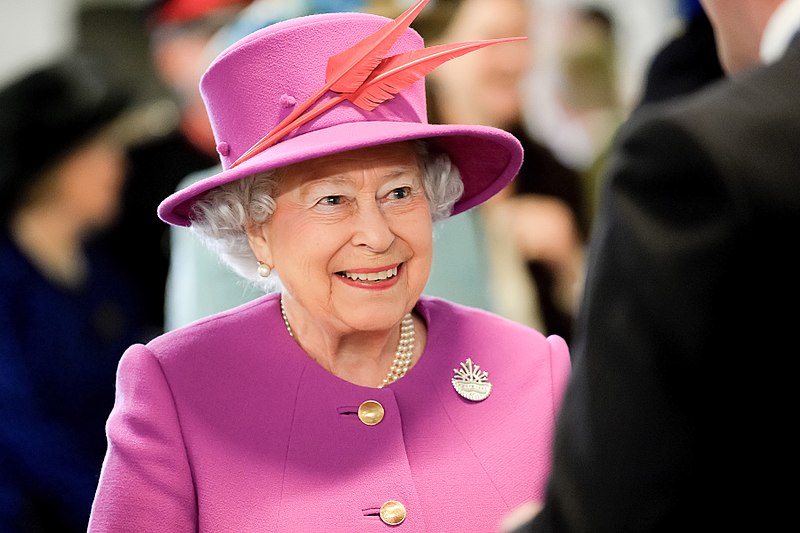What is leadership? Zoom on values
In the 17th century, Descartes, the French philosopher and mathematician, said that “it is not enough to have a good mind. The main thing is to use it well”. In the context of leadership, what does “using it well” mean? Leadership involves building a sustainable vision to generate value. For a vision to be sustainable, it needs to be valid over a certain length of time and to engage others on both an intellectual and emotional level. There are many configurations of leadership. Trying to pin down leadership to a single configuration would be harmful as it would deplete the richness that each configuration brings. But underpinning each configuration, we can most often identify three values: benevolence, courage, and growth.
These three values include an internal dimension (i.e., exercising this value towards yourself) and an external dimension (i.e., exercising this value towards others). Benevolence, internally, involves the hygiene of taking care of yourself because if you burn out, it will likely corrode your capacity to be benevolent towards others and, externally, it involves cultivating relationships with others that are constructive and fruitful. Courage, internally, involves aligning your values with your actions and, externally, involves stepping outside of your comfort zone by putting your team, organisation, or client before your self-interest. Finally, growth, internally, involves growing yourself to seize and navigate novelty rather than opposing it and, externally, involves growing others to optimise the performance of the organisation.
Leadership is like a muscle; you need to exercise it. Its underlying values will mature or atrophy depending on your experiences.
How do you reinforce leadership? Zoom on emotion regulation strategies
Reinforcing leadership means reinforcing its underpinning values. There are close links between values and emotions, as emotions help us gain access to our values. In addition, the role of emotions is also brought to the fore by the very fact that the most pressing challenges requiring leadership tend to be ill-defined and uncertain (Mumford et al., 2000) and, as such, are likely to elicit emotional responses.
Given this link between values and emotions, one way to reinforce the values underlying leadership is through emotion regulation strategies. Emotion regulation strategies are the “processes by which individuals influence which emotions they have, when they have them, and how they experience and express these emotions” (Gross, 1998).
But not all emotion regulation strategies are equal. There are five types of emotion regulation strategies:
- Situation selection, which refers to actions (e.g., approach or avoidance) that increase the likelihood that individuals will be in a situation that produces desirable emotions.
- Situation modification refers to efforts taken by an individual to modify the emotional impact of the situation.
- Attentional deployment involves influencing emotional responses by refocusing attention to different aspects of a situation.
- Reappraisal involves altering the emotional meaning of a situation through reappraisal of the emotional stimulus.
- Suppression involves inhibiting emotional responses after the emotion has been activated.
The most effective emotion regulation strategies are situation modification and reappraisal (Torrence and Connelly, 2019). Situation modification is an effective strategy because it involves managing the challenge causing the emotion (Gross, 2002) and it is associated with an increase in positive emotions and decreased levels of negative emotions. Reappraisal is an effective strategy because it involves broadening one’s perspective on a challenge – therefore it improves the ability to address the challenge – and it is associated with an increase in positive emotions and decreased levels of negative emotions. Unsurprisingly, the least effective emotional regulation strategy is suppression (Torrence and Connelly, 2019) because it fails to address the emotional elements that directly impact leaders’ judgment and performance.
To create value for organisations and to reach long and successful tenures (if not so long as the Queen and perhaps avoiding some of the problems that ‘The Firm’ has had to deal with over the years) involves reinforcing the underpinning values of leadership: benevolence, courage, growth. One way of doing this is through emotion regulation strategies.
References Gross, J. J. (1998). The emerging field of emotion regulation: an integrative review. Review of General Psychology 2. Gross, J. J. (2002). Emotion regulation: affective, cognitive, and social consequences. Psychophysiology 39. Mumford, M. D., Zaccaro, S. J., Harding, F. D., Jacobs, T. O., and Fleishman, E. A. (2000). Leadership skills for a changing world: solving complex social problems. Leadership Quarterly 11. Torrence, B. and Connelly, S. (2019). Emotion Regulation Tendencies and Leadership Performance: An Examination of Cognitive and Behavioral Regulation Strategies. Frontiers in Psychology 10.











